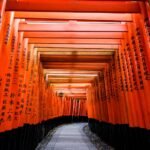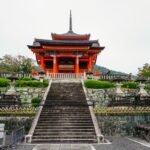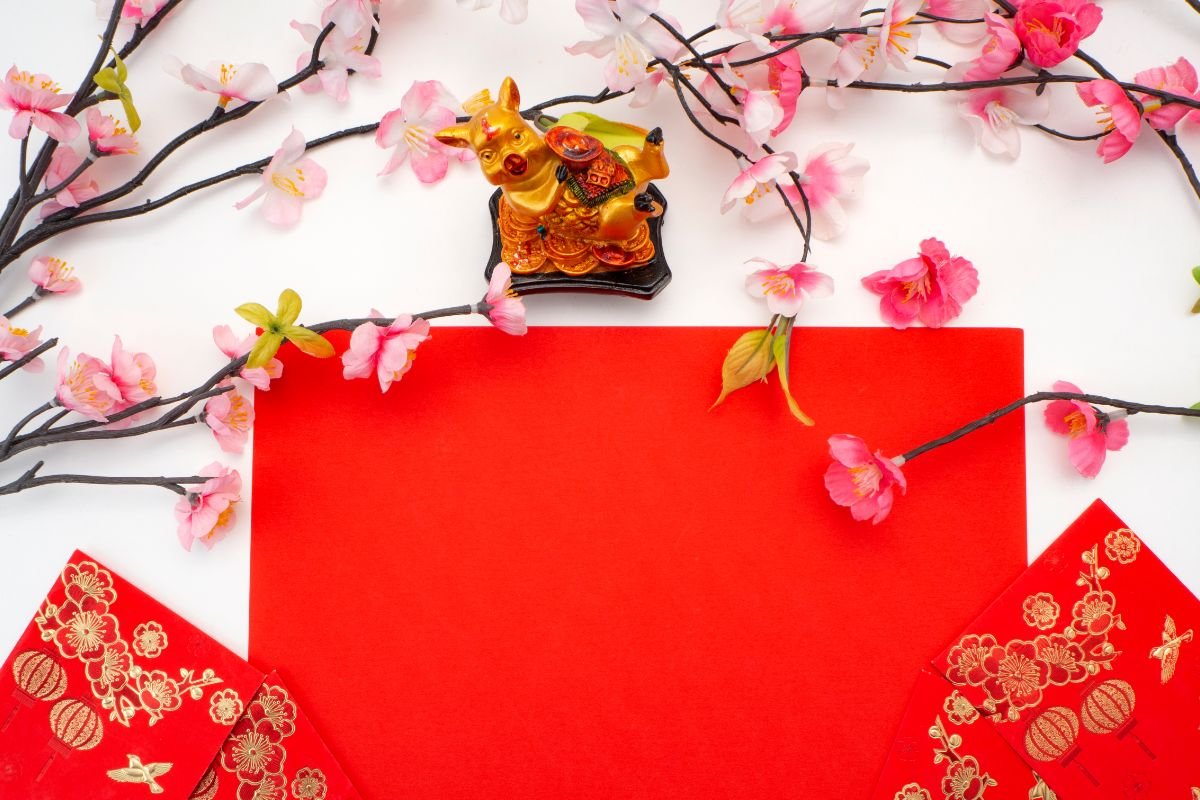The world celebrates the last few days of the year in many different ways. In Japan, omisoka is officially the last day of the year which is an incredibly rewarding experience for everyone.
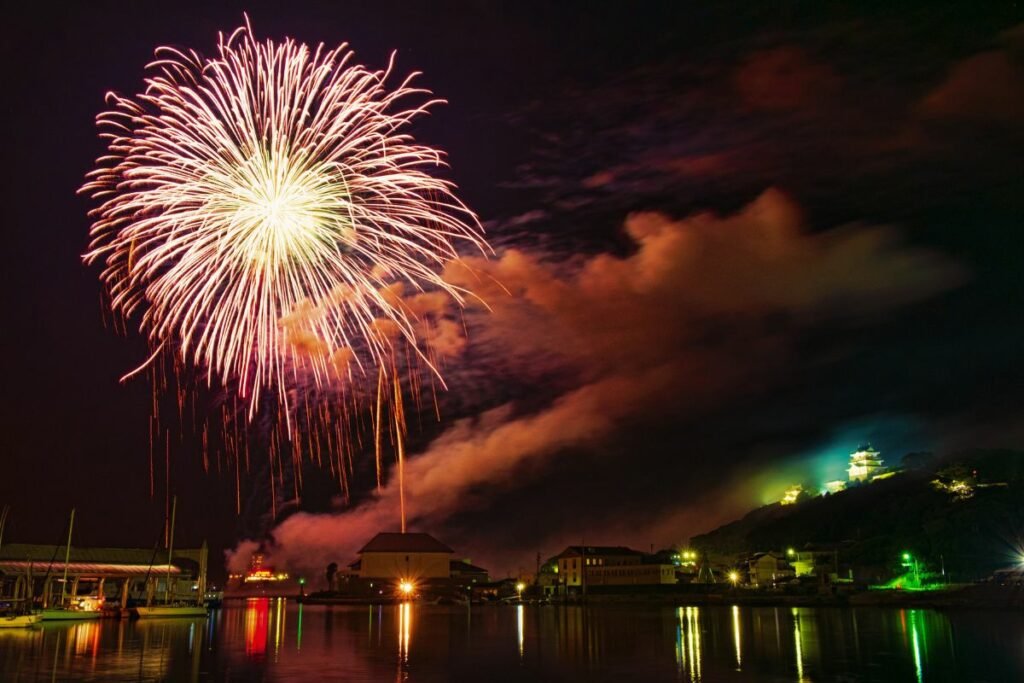
There are a range of traditions related to omisoka, such as cleaning your home, bell ringing at a shrine or temple and celebrations with friends and family.
In this article, we take a closer look at the omisoka festival and how Japanese people celebrate this special day of the year.
What Is Omisoka Festival?
Ōmisoka (大晦日) is a traditional Japanese celebration on the final day of the year. In the past, the Japanese celebrated omisoka on the last day of the 12th lunar month.
However, after Japan moved over to the Gregorian calendar, omisoka was celebrated on New Year’s Eve, 31st December (see also ‘Do Japanese Celebrate The Lunar New Year?‘). Just like in many other countries, omisoka is also a preparation for the New Year and new beginnings.
How Is Omisoka Celebrated?
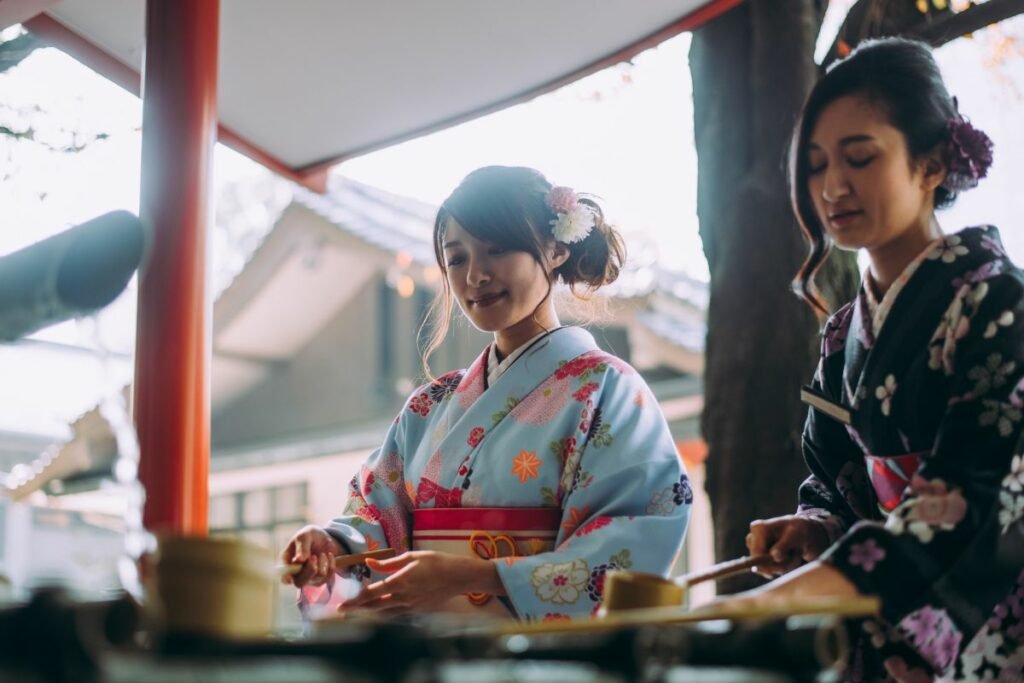
While omisoka may be the final day of the year, the Japanese also see this day as a way for preparing and welcoming the New Year ahead.
From the traditional clean to celebrations with all the family, omisoka is an important day in the year of every Japanese. Here are some of the many different traditional and modern ways Japanese families celebrate omisoka.
Cleaning (Osoji)
One of the traditions around omisoka is the big clean around Japanese homes, also known as osoji.
This is essentially the cleaning of the entire house before the arrival of the New Year. It is a way of welcoming the New Year and all its hopes for the future.
Osoji is an important tradition which is observed by almost all Japanese families as it is also a way of creating a strong family bond for the year ahead.
Japanese historians believe that the custom of cleaning the home before or on omisoka started in the Edo period (1603 to 1868).
This tradition quickly spread throughout the different Japanese households.
Purifying your home before the New Year and removing any old things that aren’t useful anymore for the year ahead is a custom also known in other parts of the world (what else is Japan known for? Click here to find out more).
Plus, it also allows people to reflect on the old year and what happened during this year letting it go much easier. This is a great way of preparing for the year ahead and welcoming all the good things.
New Year’s Decorations
Once the house has been cleaned, there are traditional New Year’s decorations and ornaments put up.
There are a range of traditional omisoka decorations, such as shime-kazari (しめ飾り) which is made with materials like white ritual paper strips, ferns and Shinto straw rope.
Another very popular decoration are bitter oranges which are known as daidai. They are believed to be a good luck symbol for the whole family.
You can also find so-called kagami mochi (mirror rice cakes) in Japanese homes on omisoka.
This is essentially a decorative piece made with two rice cakes of different sizes. They usually also have a bitter orange attached as a sign for good luck in the year ahead.
The two sides of the rice cakes symbolizes the old year and the new year.
These decorations can be placed anywhere around the house though many Japanese still prefer to place their traditional good luck charms around the Shinto altar.
The Japanese are also very well known for their beliefs in color meanings. This can be seen also during omisoka when different colored decorations are placed throughout the home.
Some Japanese also like to put up some flowers that are winter hardy and make the house smell sweet and homely.
A Meal With Friends And Family
An hour before midnight, friends and family come together to have one last meal in the old year. This is usually a dish made with toshinoshi-soba (noodles) (see also ‘Are Soba Noodles Vegan?‘).
This meal is traditionally noodles because the Japanese believe that eating long noodles helps you to cross from the old to the new year giving you a long life.
Omisoka is a busy food-making day for Japanese as you are traditionally not allowed to cook for the first three days of the New Year as it is considered unlucky.
Most restaurants and businesses are also closed, so there is no food available at this time. That’s why, many Japanese already prepare for this before the New Year.
Visiting A Shrine Or Temple
Similar to other countries around the world, omisoka is also an important spiritual time for the Japanese.
This means that a lot of Japanese people visit temples and Shinto shrines around midnight. These shrines ring a large cast iron bell for 108 times.
This number stands for the 108 earthly desires (called bonnou) that are believed to keep mankind from reaching enlightenment.
The tradition of bell ringing on omisoka is called joya no kane. It comes from one of the Japan’s many religions, Buddhism.
The bells of Buddhist temples and shrines ring for up to two hours after midnight, and as most towns in Japan have their own shrines, you are guaranteed to hear the bells ringing on omisoka.
If you listen to the bells closely, then you may even be able to count the 108 times. Each strike of the bell symbolizes a bad thing that people can leave behind and release.
This means that after the last strike of the bell, the Japanese people can look forward to the New Year and all the good things that come with it.
Watching The National Broadcast
A more modern tradition on Japanese omisoka is watching the national broadcast that shows a “Red vs. White Singing”.
This contest is similar to American Idol, and the winner is announced just half an hour before the New Year.
Final Thoughts
As the last day of the year, omisoka is one of the most important celebrations in Japan (see also, ‘Does Japan Celebrate Easter?‘).
Japanese traditionally clean their homes to prepare for the new year and they enjoy a meal of long noodles with the whole family.
- What Is a Maiko? - July 13, 2025
- What Does Domo Arigato Mean? - July 12, 2025
- What Does Naruto Mean? - July 12, 2025


